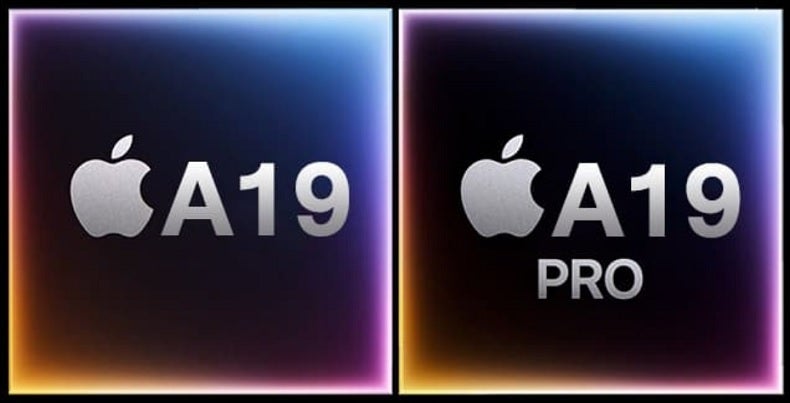
Apple Bets on Battery Life Over Raw Speed with A19 and A19 Pro Chips
Apple is shifting gears with its upcoming A19 and A19 Pro processors, favoring energy efficiency over benchmark dominance. According to a tipster on Weibo, Apple is willing to let Qualcomm’s Snapdragon 8 Elite 2 lead the performance charts, focusing instead on giving the iPhone 17 series top-tier battery life.
Both chips will be built on TSMC’s advanced N3P (3nm) process, with targeted Geekbench scores of 4000+ for single-core and 10000+ for multi-core performance. For reference, the A18 Pro, found in the iPhone 16 Pro models, scored 3539 and 8772 respectively. Despite this expected improvement, the Snapdragon 8 Elite 2 and MediaTek’s Dimensity 9500 are set to outpace Apple’s new chips in raw performance.
However, Apple’s true advantage may lie in efficiency. The A19 and A19 Pro boast higher Instructions Per Cycle (IPC) ratings than Qualcomm’s chip, meaning they complete more work in fewer clock cycles. This allows them to maintain smoother performance with less power draw – especially important for thinner devices like the upcoming iPhone 17 Air, which is rumored to have a modest 2800 mAh battery.
This strategic shift comes at a time when competitors are gunning for innovation milestones. Samsung’s Exynos 2600, based on a 2nm process, could debut in the Galaxy S26 and S26+ – potentially making them the first smartphones with 2nm chipsets. Historically, Apple has led the charge in manufacturing breakthroughs, introducing the first 7nm (A12 Bionic), 5nm (A14 Bionic), and 3nm (A17 Pro) chips to market. But with Samsung ramping up yield on 2nm, Apple might miss that next milestone.
Ultimately, Apple is betting that users will value a phone that lasts longer on a charge rather than one that tops synthetic benchmarks. And with real-world efficiency becoming increasingly important, that bet might just pay off.
1 comment
as long as i get through the day without charging, idc about geekbench